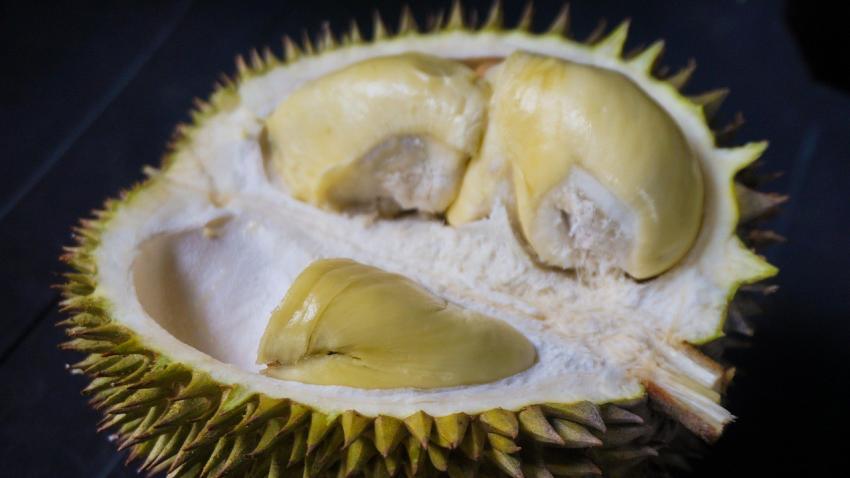Laotian Government Promotes Large-Scale Durian Cultivation [1]
Submitted by Jing Zang [2] on

According to a news report [3] by the Vientiane Times, the Attapeu provincial government has granted concessions to three Laotian companies permitting them to cultivate durians on 300 hectares of land. This move highlights the government’s support for the commercial durian farming industry.
The concession agreements were signed on April 7 at the provincial Department of Planning and Investment. Each of the three companies will be allocated approximately 100 hectares of land under a 30-year operating license. While most of the land will be dedicated to durian cultivation, wooded areas will be preserved.
It is reported that the three companies have collectively secured over 273 hectares of land for durian cultivation. Following the signing of the agreements, the companies are required to apply for investment permits and fulfill other obligations under relevant laws, including paying taxes and other fees.
Driven by Chinese investment and the growing demand for durians in China, durian plantations in Laos are rapidly expanding. Some Chinese enterprises have expressed interest in cultivating durians in Laos and exporting them in large quantities to China to meet the surging demand.
Since 2021, investors from China, Vietnam and Malaysia have actively engaged in durian cultivation in Laos, establishing plantations across the northern, central and southern regions of the country. Previous reports indicate that Sichuan Sunshine Jiarun Modern Agricultural Development Co. Ltd. [4] (四川阳光嘉润现代农业发展有限公司) has secured a concession agreement for 5,000 hectares of land in Attapeu province. The company plans to cultivate approximately 2,670 hectares of durians and around 2,000 hectares of other high-value tropical fruits, positioning the site as potentially the largest single durian plantation in Laos.
The Laotian Ministry of Agriculture and Forestry previously noted that durian exports to China were expected to commence by 2025 [5]. In the long term, Laos benefits from its geographical proximity to China and the logistical advantages of the China–Laos Railway [6], which offers reduced transport costs. Furthermore, cultivation costs in Laos are lower than in Thailand. Chinese investors aim to improve agricultural practices in Laos through innovative management models.
In October of last year, a group of traders from Chinese companies met with members of the Lao National Chamber of Commerce and Industry, as well as officials from the Ministry of Agriculture and Forestry and the Ministry of Industry and Commerce, to discuss potential cooperation in the durian trade.
China has requested that Laos establish industry associations and research institutions to oversee all aspects of the durian production process, including species selection, cultivation techniques, quality control, pricing and logistics. The Laotian side has expressed support for these proposals, considering them essential steps toward facilitating durian exports to China.
Image: Pixabay
This article was translated from Chinese. Read the original article [7].
